A Brit lady trapped herself in a cave to protest elephant rides in Langkawi!? Are they that bad?

- 2.1KShares
- Facebook2.0K
- Twitter10
- LinkedIn8
- Email10
- WhatsApp18
Hannah Morris is a 30-year-old British photographer who was featured by an article in Free Malaysia Today at the end of May. This is due to her trapping herself inside a cave in protest of the maltreatment of an elephant named Lasah in Malaysia, and uploading the whole thing to YouTube to raise awareness on the plight endured by Lasah at the hand of his owners.
Here’s the video, as uploaded on one of her YouTube channels, Hanski:
In the video published on the 28th of May, she documented her travel to MacKinnon’s Cave, a cave on the Isle of Mull, in Scotland. The cave is only accessible at low tide, so if someone entered the cave at low tide and didn’t leave before the tide comes in, he or she will be trapped inside the cave until the next low tide. Morris spent a night in the cave, and sometime in the video she mulls over her actions.
“I was thinking, I’m not trapped against my will. I chose to trap myself here. This isn’t like Lasah; he didn’t choose that. Wildlife Minister, Malaysian government, I’m asking you. For me and all the thousands of other supporters… please take Lasah and move him to the Kuala Gandah Sanctuary.”
This drastic measure was probably taken after the Natural Resources and Environment Ministry announced their decision to allow Lasah to remain where he is, at the Langkawi Elephant Adventures (LEA). That decision caused some animal lovers internationally to lose it, and the Semenanjung’s Perhilitan Facebook page suddenly find themselves with bad reviews from angmohs.

Regardless of whether that’s fair or not, what in the world happened to this Lasah dude? And why are people outside of Malaysia so pissed about it?
The rise and fall of Lasah the elephant

Lasah is a 37-year-old male Asian elephant, which some of you might recognize as an endangered species. Lasah is currently owned by a tourism business in Langkawi called the Langkawi Elephant Adventures (LEA), where he gives rides to tourists for over a decade now. Interestingly, as reported by the LEA website, before being tasked with carrying tourists on his back, Lasah was featured in various magic shows (notably the nightly ones in Genting Highlands), elephant shows and even on the set of Anna and the King.

The LEA website further reiterates that they could not have picked a better elephant: “Lasah is arguably one of the more adaptable, more travelled and better natured elephants in the country”.
So what’s the big whoop? Well, in a recent interview with BFM, the director of Foto (Friends of the Orangutans), Upreshpal Singh, had revealed that…
“Well, I guess no organization or individual realize that there was an elephant – a lone elephant – which is in Langkawi right now offering elephant rides and is used for entertainment. We were informed by the members of the public in June… we received some photos from members of the public… The photos of him being chained on all four legs have gone viral on the Net, and after he was seen we started the campaign in July last year.”
The photos in question depict Lasah, after closing times, being chained on all four legs to prevent him from lying down, standing alone near a pile of his own excrement.

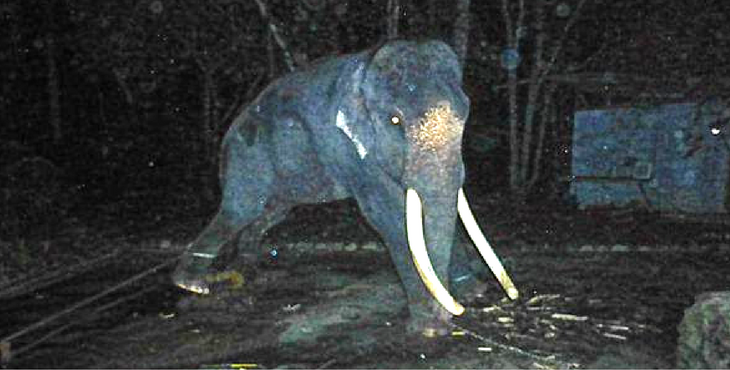
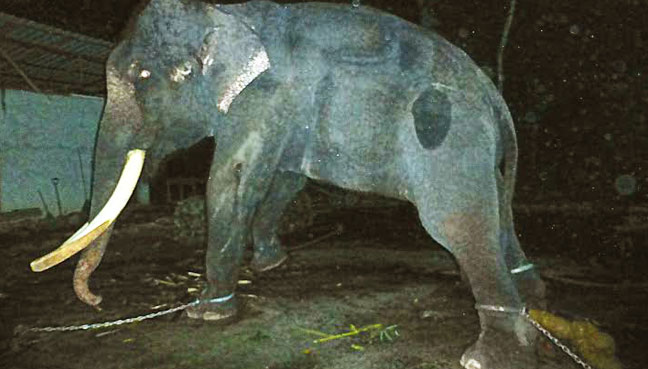
This chaining method, according to Upreshpal in a different interview, is a violation of sub-regulation 7(2) of the 2013 Wildlife Conservation (Exhibition) Regulations law.
The discovery led to a series of written protests and petitions, with Foto claiming that over a thousand supporters and 18 NGOs from around the world have written to the Natural Resources and Environment (NRE) Ministry’s minister, Wan Junaidi Tuanku Jaafar, asking for him to order Lasah to be transferred the the Kuala Gandah Elephant Sanctuary.
However, despite the petitions and e-mails, in early May the NRE decided that Lasah is to stay at Langkawi Elephant Adventures following an recommendations from an evaluation committee consisting of the Wildlife and National Parks Department (Perhilitan) as well as the Malaysian Association of Zoological Parks and Aquaria (Mazpa).
Wait… so is Lasah being abused or not?
That is a tricky question to say outright, just according to news sources. There was indeed photographic evidence of the breach in regulations where all four legs of Lasah was chained to prevent him from getting off his feet, lying down and chilling after a hard day of work.

However, the director of LEA, Serene Lau Xiao Woon had denied allegations that the elephant is being restrained with the intent to abuse. In a statement, Lau clarified that the restraining was done under the advice of their resident veterinarian to help Lasah recover from the wounds on his face and legs.
“This is often the procedure we use and I have been caring for Lasah since 2009 when he had the face wounds. The elephant is usually tied for a short period of time to save him from further harm.” -LEA resident vet, Dr Vellayan Subramaniam for Free Malaysia Today.
Lau further stated that Lasah was only chained twice a week at night and released in the morning. However, Upreshpal had doubts on the matter, as Foto’s investigations had suggested that the pressure wounds on Lasah’s face and legs that LEA is supposedly trying to treat comes from having to lie down on hard surfaces for long periods of time.

Carol Buckley, who has been working with captive elephants for over 40 years had said that chaining an elephant to prevent it from lying down is counter intuitive and marks a seriously flawed management practice.
“Lack of sleep and the inability to get off his feet is stress inducing and can compromise his immune system, make him frustrated, aggressive and prone to physical and emotional deterioration.” -Carol Buckley, founder of Elephant Aid International, for Free Malaysia Today.
Jason Loh, the owner of LEA, had otherwise stated that they were only treating Lasah’s pre-existing medical condition. He had said that while it’s regrettable that the procedure had seemed extreme and while it’s unfortunate that the photographs that were taken during the treatment have been mistaken as something else entirely, he stresses that it was a decision made for the long-term interest of the elephant.
With the two conflicting views on Lasah’s treatment, one might wonder if…
Sometimes, people have different ideas about what abuse is.
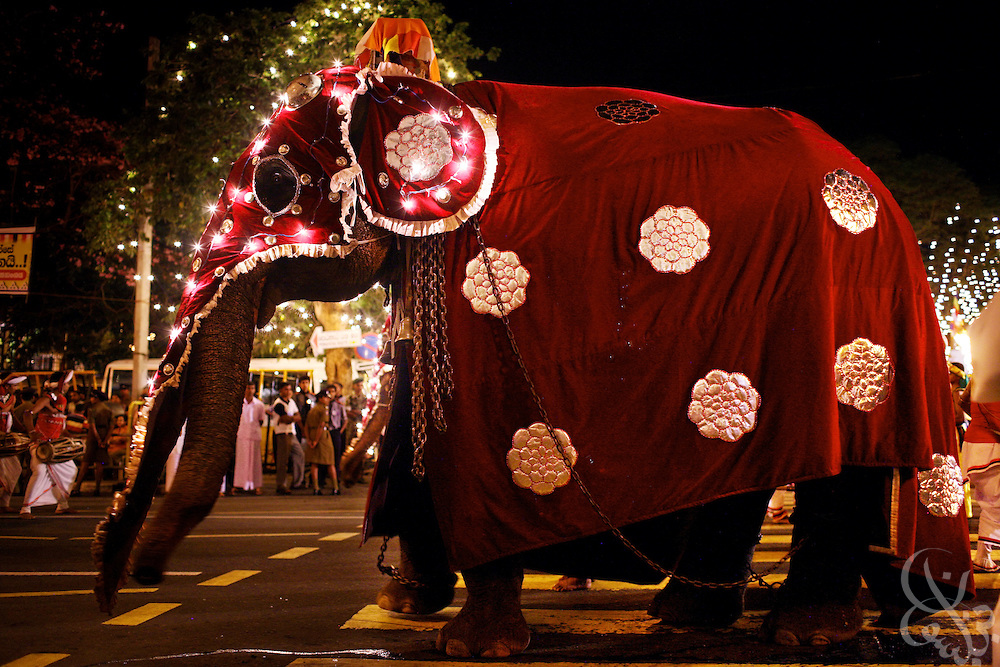
The human-elephant relationship goes way back to ancient times, starting some 5 millennia ago. Humans have tamed elephants for all sorts of purposes, from using them in war as war elephants, helping out with logging activities, for entertainment, as in circus shows and elephant rides, and even as household pets. With that long history of co-existing, where do we draw the line between abuse and companionship? Is there even a line to draw in the first place?
To explore that problem, let’s take, for example, the mahouts in Thailand. Mahouts are elephant caretakers, and traditionally they share a special bond with their elephants, sometimes being attached to a single elephant from a young age, then for the rest of their lives. While some may think that there is nothing wrong with training elephants in this way, when a mahout is gored to death by an elephant he is not familiar with back in 2015, animal lovers of the West mostly rejoiced at the news.

Whether a mahout making his/her elephant give rides is abuse or not is up for interpretation, however people do seem to feel strongly for an elephants’ plight in comparison to other animals, such as buffaloes, for example, who till paddy fields all day. This is due to several reasons, but a prominent one would be that elephants are generally perceived as intelligent, rivaling primates (orangutans, monkeys) and cetaceans (dolphins, whales) in that regard.
There are several studies that shows that elephants are capable of learning, having self-awareness, empathy, altruism and other intelligent behaviors. However, as apparent by the old phrase “Elephants never forget,”, people had somehow felt a connection with elephants, humanizing them long before the scientific studies came about. This may be the reason why some may think that simply keeping them in captivity in abuse, while others may not think much of riding one for entertainment.
“I condemn using elephants to carry tourists. This is a commercial activity that has nothing to do with conservation or education and it should be banned by government. It’s time to give Lasah the elephant a rest and retire him to Kuala Gandah sanctuary with other elephants.” – Sean Whyte, CEO of British group Nature Alert for Free Malaysia Today.
To say that elephants were never obviously abused, however, would be a terribly wrong statement. The most famous case of this would be Raju the elephant, whose tears upon being rescued made the international headlines back in 2014. Raju, who was enslaved by an abusive drug-addict owner for 50 years, had been forced to beg for money, all the while being kept in spiked chains, beaten and starved to the point where he resorted to eating plastic and paper due to hunger.

He was rescued sometime in 2014 by a UK-based charity, Wildlife SOS, and had since been living at the Elephant Conservation and Care Centre in Mathura. However, his condition when rescued is appalling:
“Raju came in with many abscesses and over a hundred injuries and wounds from the years of abuse he endured. Many of them have since healed, but his right hind leg has had recurring swelling which has at times made it difficult for him to bear weight on it. He also had one shoulder wound that took nearly a full year to heal… Raju was extremely thin and malnourished at the time of rescue.” – Geeta Seshamani, Wildlife SOS co-founder for Mirror UK.
A quick Google search will return various other elephants who have also been abused, and thankfully, received a happy ending to their years of horror. Discounting PETA pages, most of the rescued elephants were clearly abused in some way. However, back to our own resident elephant, Lasah, whose abuse is allegedly denied by the authorities and the perpetrators; was his fate sealed?
So what does the future hold for Lasah?
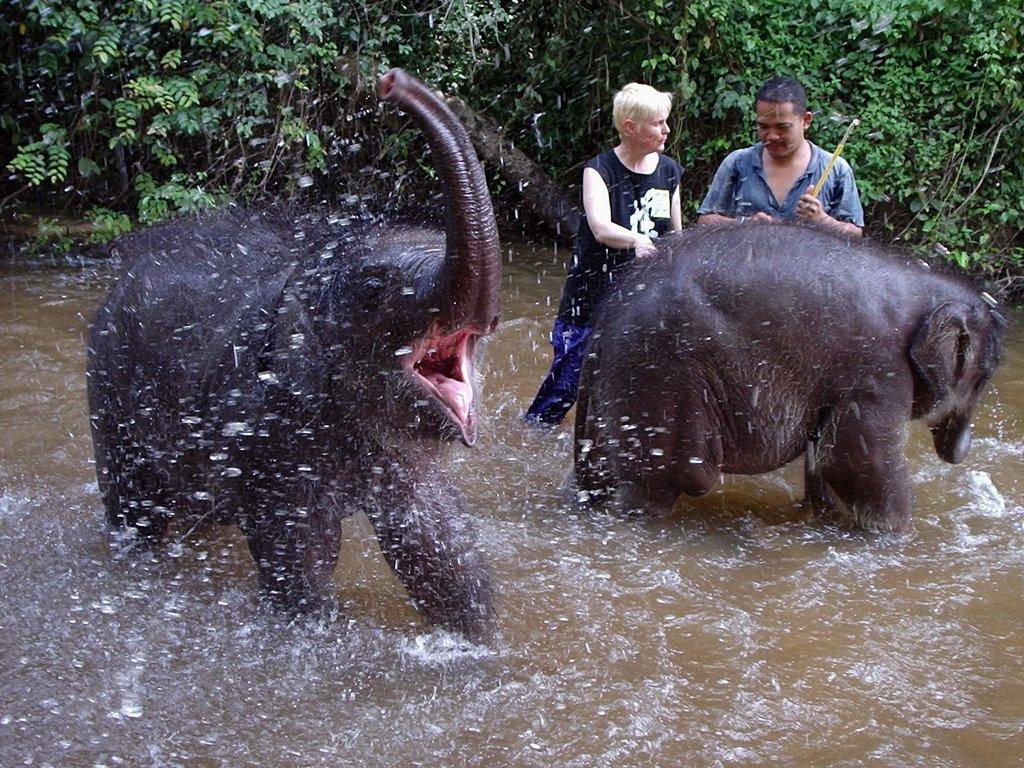
As has been said earlier, the Natural Resources and Environment Ministry had already decided that Lasah is to stay where he is right now, based on the evaluation by Perhilitan and Mazpa. However, like Hannah Morris, many animal lovers and activists still haven’t given up on trying to get Lasah moved to the Kuala Gandah elephant sanctuary.
Regardless of whether the chaining is meant as abuse or simply a weird form of treatment, other reasons for people wanting Lasah to be retired to the sanctuary includes his isolation and his age. Elephants are highly social animals, and Lasah seems to be the only elephant at LEA, and possibly the whole of Langkawi.

If the interpretation of this snippet of text from the promotional website is correct, there used to be two other elephants besides Lasah, but Perhilitan didn’t allow more elephants to be their tourist attractions, and they didn’t like that. To the claims of isolation, the LEA director, Lau, had responded with
“Males may live in solitude if they are rejected by the alpha male. This was the case with Lasah as he had daily conflicts with other male elephants.” – Serena Lau Xiao Woon, LEA Director, for Free Malaysia Today.
The second reason is Lasah’s age. While the IUCN website had estimated that the life span of Asian elephants is around 60 to 70 years, however the Association of Zoos and Aquariums had found that the median life expectancy for Asian elephants in captivity is around 47 years. This would put Lasah, who is 37 years old, around retirement age.
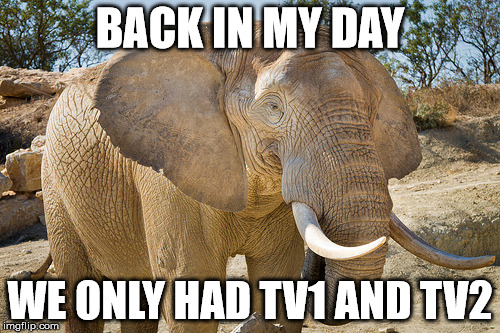
After the captivity, being in zoos, years of magic shows and being movie and ad props, activists feel that it’s time for Lasah to retire and spend his remaining days with other elephants at Kuala Gandah. If you feel the same, there are currently two petitions that are still open:
- ThePetitionSite: 91,419 more needed out of 500,000 goal.
- Change.org: 2,367 more needed out of 50,000 goal.
Or you can participate in the Friends of the Orangutan e-mail campaign, where you send an e-mail to the authorities in hope that they will change their mind and transfer Lasah to the Kuala Gandah sanctuary. Details such as e-mail addresses and a template can be found at this link.
Animal abuse is a serious matter, and it’s tricky as the victims cannot speak to defend themselves. While Raju’s rescue was done by forcibly freeing him in the dark of night and facing a court battle afterwards, let’s hope that Lasah’s case doesn’t get that drastic.
- 2.1KShares
- Facebook2.0K
- Twitter10
- LinkedIn8
- Email10
- WhatsApp18



